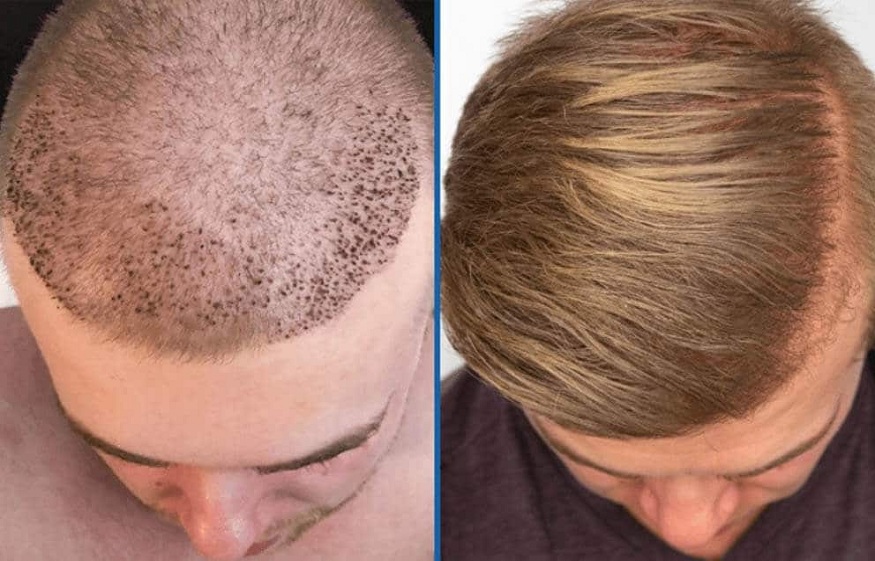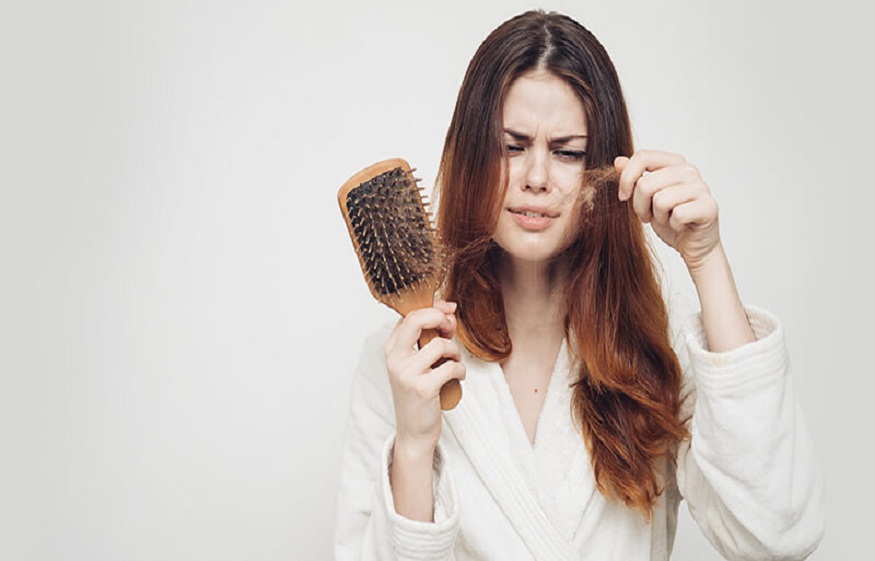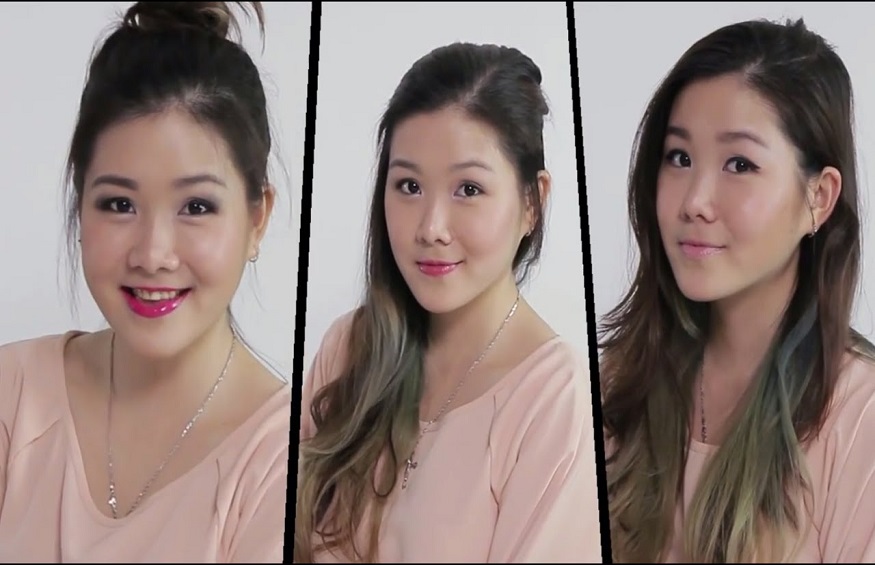In the past, hair transplant clinics were like painters with large paintbrushes – the grafts were significant and noticeable, and their pattern was unlike natural hair. However, with the development of FUE technology, hair grafts can be harvested with micro-accuracy, and some practices use machine learning to nail the precision.
Detailed counseling is necessary for women
Hair transplantation is a surgical procedure, and a complete examination in a hair transplant clinic in Silver Springs is required before the process. A thorough medical history helps the surgeon determine the type and strength of anesthetics. A detailed evaluation will also reveal the hair growth pattern, the extent of baldness, and whether the patient has ever had any other hair transplants. It is also essential to discuss any allergies with the client.
The counselor’s role is to mediate between the physician and the patient. They should win the patient’s trust and make her feel comfortable with the procedure. They must be able to provide honest opinions and factual information to ease the patient’s fears. The counselor should also educate the patient on the scientific aspects of hair loss, such as visual density. They should explain the step-by-step process to the patient.
Follicular unit transplantation (FUE) is an alternative to FUT
Follicular unit excision (FUE) is a method of transplanting hair that harvests individual follicular units without involving the scalp. It works by separating each follicle individually using a machine that uses micro punches instead of a linear strip. Because the scalp is not cut into strips, follicular units can be transplanted with minimal scarring. FUE is less invasive than FUT and has the same benefits. It is performed with minimal damage to the surrounding skin, which is why it is often preferred by patients who are wary of FUT. It also requires fewer stitches and is much faster than FUT. However, the procedure is more expensive and requires more time and precision. The cost of FUE is comparable to FUT but may be more expensive than FUT. It costs anywhere from $6,000 to $10K. The technique has undergone significant improvements over the past five years. However, the grafts produced by FUE can be more fragile and have a higher risk of poor survival.
Sun exposure is preferable after a hair transplant
While it is always preferable to stay out of the sun after a hair transplant, there are some instances when sun exposure can damage the transplanted hair. Sun exposure can also result in scarring and even failure of the surgery. To avoid this, you should avoid being outside for two or three days after the procedure. It would be best to refrain from washing or scrubbing your hair during this time. A hair transplant involves several layers of skin, and although the epidermis heals quickly, the deeper tissues take longer to recover. The transplanted skin will be more susceptible to sun damage, which is another reason to avoid the sun for several months after the procedure. In addition, exposure to sunlight can damage the newly transplanted hair follicles, which have not fully healed.
Lateral slit technique
The Lateral slit technique has changed the way hair transplant surgeries are performed. The newer approach focuses on placing hair grafts in the scalp at an angle rather than horizontally, which reduces trauma and allows for greater density and coverage. In addition, it will enable the grafts to fit into a smaller gap, resulting in minimal scarring and shorter healing time. Another advantage of this technique is that it gives surgeons more control over where grafts will grow. Unlike vertical slits, which often fan out over the entire surface of the scalp, the lateral slit method provides the best degree of control over the direction the grafts will grow. This is especially important in areas like the crown, sideburns, and temples. A lateral slit can be coronal or sagittal in shape, depending on the surgeon’s preference. The coronal slit was initially recommended because of its improved visual impact and orientation for grafted hairs. However, many people found the sagittal slit better as it looked more natural and did not interfere with the vasculature.
Simpler implant placement
Using a more uncomplicated implant placement technique is an essential advancement in hair transplant clinics. Using a simple pen-like instrument, surgeons can extract individual follicles from the scalp, spread them out uniformly, and leave no scar. The grafts are then examined under a microscope and sorted according to the number of hairs. The FUE technique, also known as the “strip method,” involves harvesting a strip of healthy hair from a person’s scalp. This method leaves a linear scar on the back of the scalp.
Costs
The cost of hair transplant surgery in Silver springs varies according to the amount of hair that needs to be transplanted and the technique used. Prices may range from $3,000 to $15,000, depending on the surgeon and procedure used. In addition to the surgeon’s fees, additional costs may include the cost of anesthesia and post-surgical tests and dressings. Sometimes, a physician will charge by the graft, but the average price per session can range from $2,000 to $15,000. The amount of money a doctor charge depends on the number of grafts needed and the surgeon’s experience.
Results
Hair transplant surgery is a major medical procedure that has recently increased in popularity. Since introducing the follicular unit excision technique, the field has expanded exponentially. However, many surgeons use different methods, criteria, and pre and post-procedure protocols.



